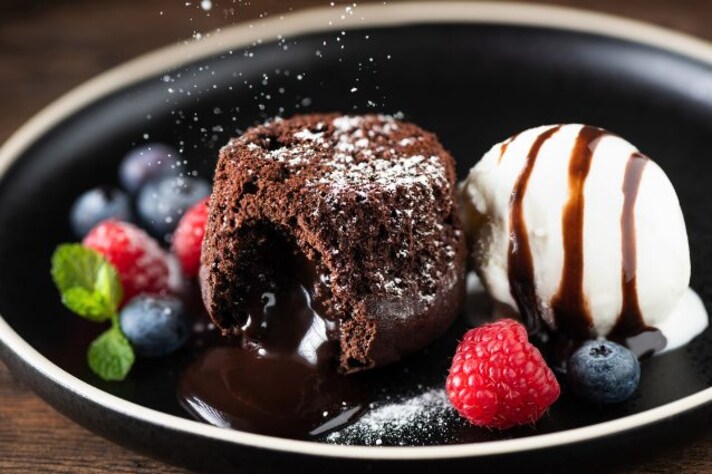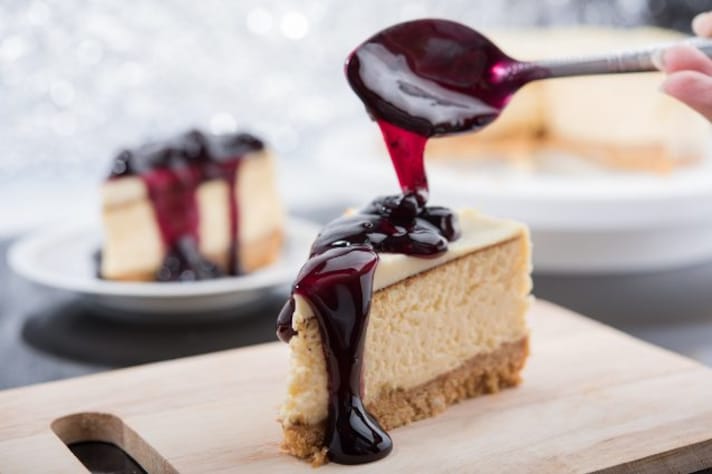
Restaurant desserts often appear like beautiful works of art, similar to models on a fancy runway, with their whipped creams and chocolate drizzles. However, the reality is that these desserts often come with a high price that isn’t always justified. It’s common for desserts that cost just a little to make to be sold at three or four times that price. Diners are mostly paying for the pleasant atmosphere, the attractive presentation, and the idea of treating themselves, instead of the dessert’s quality or taste.
Many restaurant desserts aren’t actually made fresh by a skilled pastry chef. Instead, they’re mass-produced in large factories and then frozen. When you order them, they’re just reheated or thawed and given some creative decoration. This happens even in good, average-priced restaurants. Desserts like cheesecakes and lava cakes often come from food factories miles away. It’s more about creating a pleasing presentation than crafting a dessert with care and passion.
When it comes to flavor, restaurant desserts tend to stick to very safe and simple tastes. This is because restaurants fear that strong or unique flavors might not be to everyone’s liking. As a result, the desserts usually end up just very sweet and unexciting, like syrup-covered sponge cake or standard chocolate mousse. They’re designed to appeal to as many people as possible but often fail to truly impress.

Timing can be another issue with restaurant desserts. They can easily go wrong if not served right. For instance, ice cream might start to melt before it gets to your table, or a tart might lose its crispness if it sits out too long. During busy dinner services, desserts can be rushed and not given the attention the main course receives. They might look appealing when they first arrive, but can quickly fall apart after a few minutes.
Restaurant desserts are also packed with sugar. Even desserts that sound like they might be healthier, such as fruit tarts or crème brûlée, often contain lots of sugar and fat. They also usually come in large portions meant for sharing, but often served as a single piece. This means you’re getting a lot of calories from something that might not be particularly special or memorable.
Restaurants have a clever technique where they use desserts to keep customers longer. By ordering dessert, you’re likely to stay at the table and maybe order another drink, which increases their earnings. Dessert menus are crafted to keep you seated, enjoying your time, and spending more money. So, you’re not just buying a dessert but being encouraged to spend extra.

Choosing not to have dessert in the restaurant doesn’t mean you miss out. It just means saving the treat for later. You might go home to enjoy a delicious ice cream or a nice slice of pie that’s waiting for you, often tasting better and costing less. Plus, you get to enjoy it in the comfort of your own home, maybe even in your pajamas, which is truly a luxurious experience.
;Resize,width=767;)
